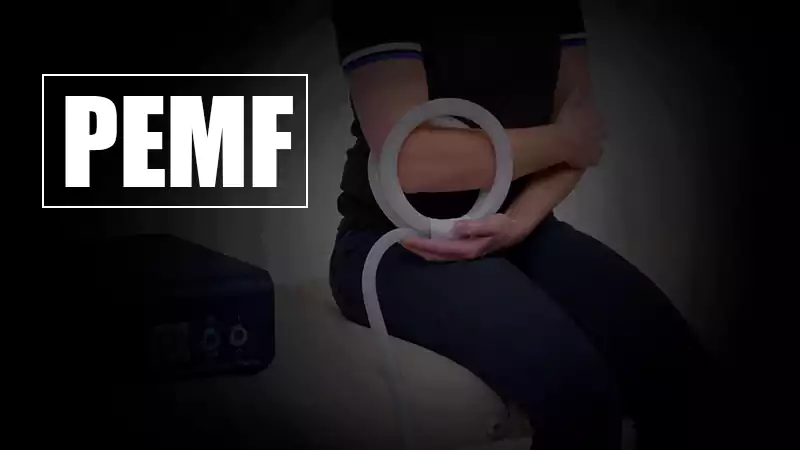4 Easy Core Strengthening Exercises for Kids
Your child’s core strength heavily impacts the range of physical activities they can do. Children with a strong core can play and do daily tasks without getting tired quickly. They also have good posture. A good posture and good strength assist in optimal breathing too. When children can breathe well, they can get more oxygen to their brains. This, in turn, improves their focus and attention.
Does Your Child Need Core Strength Exercises?
Since core strength is so important, you might be wondering if your child has a weak core or not. You can know if your child has a weak core if you observe that your child:
- gets tired quickly when they participate in sports
- has issues maintaining balance
- avoids climbing anything while playing
- cannot sit upright for long and lies on the desk when studying
- is not able to roll or crawl by themselves
- has poor attention skills
- experiences difficulty with fine motor tasks such as doing up buttons and holding a pencil
There could be many reasons for poor core strength. One primary reason is not getting enough “tummy time” during infancy. Babies develop core strength when they play on the floor. Rolling over, lying on their side, and playing with their toes – are all part of the tummy time experience which strengthens abs muscles. It also develops fine motor control in the hands and arms.
Another reason for a weak core is cerebral palsy: a birth injury. Cerebral palsy is often a result of medical malpractice. If you discover your child has a weak core because of cerebral palsy caused by medical malpractice, a cerebral palsy lawyer can help you get justice. A trial or settlement can help cover many expenditures, including any therapy sessions your child might need.
Easy Core Strengthening Exercises for Kids
Sitting and Bouncing on a Therapy Ball
This exercise can build your child’s sitting balance on a moving object. It can activate muscles in the spine and shoulders. Ensure that the ball is under your complete control; wedge it into a corner to make it stable. When you make your child sit on the ball, give them support from both sides by holding them above the hips. Encourage them to bounce gently first; call it sitting bunny hops to make them interested. You can substitute therapy or gym ball with a wobble cushion or your lap. After your child gets confident and comfortable, allow them to move in a bigger movement in a bigger area. However, ensure you have someone else to help catch your child if they fall.
Plank
Start with your child lying on their stomach. Their hands should be flat on the floor at shoulder level. Instruct your child to push up on their hands and lift their whole body off the bottom on the count of three. After staying in the mid-air position for five seconds, they can come down again. Help them gradually bring their body back to the floor. Increase plank difficulty after a few weeks by introducing forearm planks. Allow your child to have their knees on the floor for support. To make planks enjoyable, do planks with another child – a friend or sibling. Instead of counting planking time, challenge your child to hold themselves until their friend can crawl from underneath. Exercise sessions might break into waves of laughter and increase your child’s interest.
Wheelbarrow Walking
Start from the laying position again and hold your child’s knees. Ask them to lift their body and then walk on their hands. To start, they can take five steps forward and five backward slowly. If they are having fun, increase the count of steps steadily. To make it slightly challenging after a few days, hold them from the ankles instead of the knees. It will decrease the support you are providing them. To keep the walk interesting, try to play ‘missions’ in the wheelbarrow position, such as “project gather food for your teddy”; make the exercise as childish as possible.
Superman
Ask your little one to wear a cap and start flying! Have your child pretend they are a superhero flying to save their dreamland. With arms extended and off the floor, the dreamland savior can increase their speed and strengthen their back. To spice up the superman position, you can give your child a medicine ball or small football and tell them to raise and aim (but not throw) it in the air like they are going to throw it at the supervillain. Challenge them to do it while they are flying. It will strengthen their arms and shoulder muscles.
You can also place a stuffed toy on their back and tell them it needs a safe ride; instruct them the toy shouldn’t fall off. Moreover, you can use a large gym ball too. Just ensure you are holding the ball, and it doesn’t roll over and hurt your little superman.
How to Make the Exercise Sessions Effective?
Starting a new activity can be exciting for children. Still, their small attention span doesn’t allow them to stay focused and engaged for long. To keep their interest, keep switching between activities and give moderate breaks. Your child might not feel motivated if you push too hard initially. Let them gradually make this a habit by going slow. Offer support to your child and appreciate them; positive reinforcement encourages children. Lastly, and most importantly, try to make the exercise sessions playful and cheerfully competitive. Children concentrate more when there is healthy competition.
In Conclusion
Your child needs solid foundations and a strong body for a promising future. Unfortunately, many children have a weak core and cannot enjoy their childhood to the fullest. Your child could have a weak core too. Fortunately, they can strengthen their torso muscles with little effort and consistent practice of suggested exercises. In a bit, your superman will be able to carry not only their body weight but also might become your strong little helper – carrying mama’s shopping bags!










Share